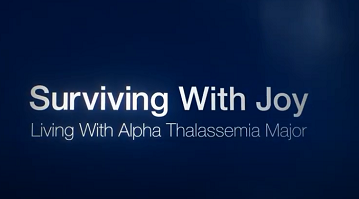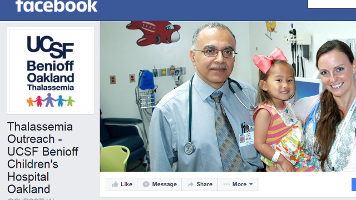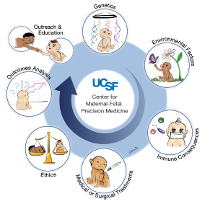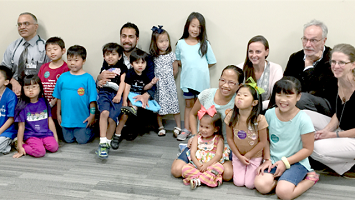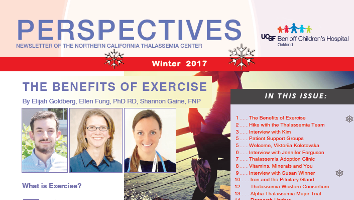Patient Support Groups for Thalassemia: A Perspective
by Robert Yamashita, PhD
Outreach Director
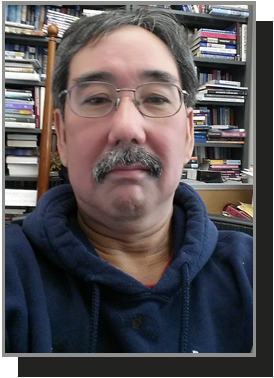
Robert Yamashita, PhD
December 2017
The biggest obstacle to achieving a successful long-term outcome in thalassemia is patients' adherence to iron chelation therapy (ICT). Before oral chelators were introduced, subcutaneous infusion of deferoxamine (Desferal™, "Des") made adherence to therapy a challenge. These problems drove the need for patient-led support groups in the 1980s and 1990s.
With sponsorship from Cooley's Anemia Foundation, patients started the Thalassemia Action Group (TAG), which empowered them to advocate for themselves. It also provided patients a platform to network and share experience of living with thalassemia. It quickly became apparent that the quality of thalassemia expertise and care varied greatly at different facilities. The development of the standard of care guidelines for thalassemia by Oakland was largely driven by such realization, and the assessment of needs of patients living across the country.
Things changed with the advent of oral chelators in the 2000s, which were felt to resolve all issues with adherence. These had a real and highly significant impact on the lives of all individuals with thalassemia. It seems that, at the same time, the need for a patient support group decreased, and TAG ceased to exist.
Thalassemia may appear different today, but some old challenges remain, and some new challenges continue to emerge. Life expectancy is much longer, which brings the need to plan for still being healthy and to maintain good quality of life for a long time. The oral chelators are not without their limitations, so that adherence remains a central issue. The changes in the healthcare environment have made patients more aware of the community that they had, and the work that needs to happen to recapture it. There are signs of change, with increased avenues for interaction between patients of different generations. There are nascent efforts to restart conversations. All of these suggest that there is strength in the idea for patient support groups.

